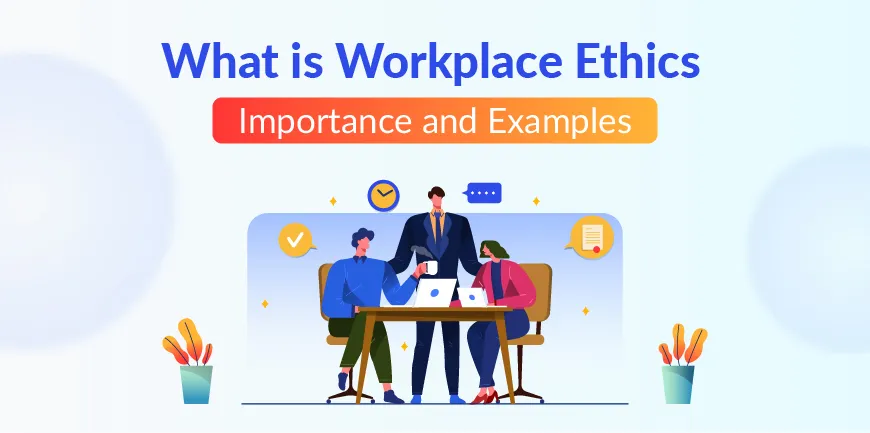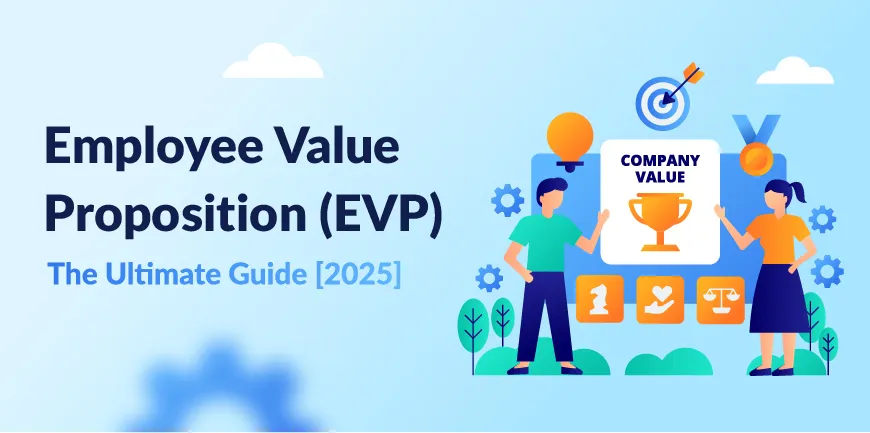
How Edge AI and 6G Will Help the Metaverse
30/06/2023
What is HR Analytics? Types, Benefits, Examples
30/06/2023The Merriam-Webster’s Dictionary describes the word “upskill” from a recruiter’s point of view as “to provide (someone, such as an employee) with more advanced skills through additional education and training. The primary benefit for the company from upskilling its employee(s) is internal mobility, which in turn leads to several other benefits, all of which contribute to business growth and greater ROI.
What is Internal Mobility?
Before we go ahead with its benefits, we must understand what internal mobility is. The movement of employees laterally or vertically to new job opportunities is referred to as internal mobility. Let’s now look at an anecdote which illustrates this clearly.
A very likely journey
Anil had always been a dedicated developer, working overtime when the team needed him to, pitching in to handle the work when others in his team were absent or needed assistance, and assisting the DevOps Manager with some continuous integration/development, adding on to his on-job roles and responsibilities.
So, when ABC Technologies, his software services company, announced that they have an opportunity for a Team Lead in a development team other than his, focused on another front-end framework, he was considered because he had a part of the relevant experience in his previous role. But the job also required him to learn a new technology, and the only way to do this was to upskill.
He used to work for his team, do overtime and then learn in the wee hours of the morning to complete the certifications in the specific technology. After two months of constant effort, he completed all three certifications in his learning path, achieving a good overall score and managing to satisfy all criteria for the team lead role.
He entered the role in November 2022, and thanked Alp Consulting, the HR consulting firm that made it possible. He promised to leave a glowing review online, and we gladly obliged!
In this example, Anil already had a great experience in his company, was contributing effectively to his role and was managing responsibilities outside of his capacity. When a role opened, which he could qualify for with a little learning, he was put to the test, and he passed in flying colours!
What are the Benefits of Internal Mobility?
As a company, you will have a range of roles to fill across processes and functions. How do you ensure that you attract the right talent when you post the requirements online?
The question if we pause for a moment and rewind… Do we really need to post a requirement on an external portal when there is a chance that someone within the company may be more suitable? Let us look at some of the benefits of building this attribute, often referred to as internal mobility.
Save hiring costs and time
Building internal mobility can help reduce hiring costs and time to a fraction of what it would be otherwise. If you spend on a good HR consulting partner, then one of their top prerogatives is to ensure that your recruiters become more efficient and that recruitment processes become lean and cost-effective.
One of the ways to make the process more cost-effective is to look within, educate and transform. There is definite cost savings in internal hiring; research has shown that external hiring process costs 1.7 times as much as internal hiring.
Close skill gaps with greater confidence
When you hire a person based on his resume or his performance in a test, or even after a detailed psychometric test, for the matter, you still can’t be certain that the person will be qualified and remain dedicated and true to the role. This is especially the case if you have not availed the services of a staffing solutions company.
Let us look at the other case, of a well-qualified team player within your company upskilling to fulfil the responsibilities of a new role. As in the anecdote we started with, the person has similar experience and only needs to learn a new technology.
He has already spent a good bit of time imbibing the company culture and is a great cultural fit, the number one thing that hiring managers are now looking for. You have the confidence that the person has a great work ethic, respects his co-workers and plays well in a team. Remember how good an asset Anil proved to be for his company and his team?
Improve employee value proposition and brand value
Having a great employee value proposition is a big boost for your brand, improves the morale of working employees, builds a better work culture and increases the productivity of existing employees.
When there are internal mobility and people move up the ranks frequently, it goes out to existing employees and your competitors that you house incredible talent and that you need not scout for it, you are self-sufficient and grow it in-house a lot of times.
This is because of the expert suggestions you have probably received from a recruitment consultant or your own very strong HR team. In any case, this shows the strength of your recruitment processes and employee engagement levels across departments in your organization.
People are given the knowledge and training they need, and they can grow and develop continuously without a risk of plummeting later on in their career. This will continue to attract great talent externally as well for any position in your company. When Anil’s friends hear from him, we are sure they would want to work with you as well.
Improve employee retention
According to a study conducted by SHRM, internal mobility has a marked impact on employee engagement. The study found that employees who were promoted within three years were 70% more likely to stay on board, and those who made lateral moves had a 62% chance of staying on in the company.
These are great figures and bode well for overall employee retention over the long term as well. By contrast, those who didn’t get a promotion had only a 45% chance of staying in the company.
SHRM is not the only company that has validated this. According to the Wharton School of Management, 61% of external recruits were more likely to be fired than internal recruits. Anil, being an internal recruit, had been in the company a long time, and probably is still there!
Ensures company know-how and process knowledge remains in-house
You have a lot of sensitive processes you have developed over the years with meticulous research. How would it feel if a competitor figured them out, thanks to a disgruntled employee who walked out the door? Not a pleasant scenario for your company and its stakeholders if your competitor is able to get ahead in the race.
Prevent this from happening by filling key and sensitive roles with employees from within the company and giving them a handsome compensation and presenting them a work culture which promotes their professional growth and secures lasting loyalty.
Key Takeaways
Internal mobility backed by upskilling your employees has advantages that will make your company stand out from its competitors in the future. It saves you on hiring costs and times, increases employee retention, improves employee value proposition and ensures your process knowledge and technical knowhow doesn’t leave the company.
Your employees are a happy bunch and showcase your brand to the world outside as an employee-centric one. Your stakeholders appreciate your strategic thinking and foresight. It’s a win-win-win situation for everyone, and it all started with internal mobility and upskilling.
Contact Us For Business Enquiry

Rajkumar Shanmugam
Rajkumar Shanmugam is the Head of HR at ALP Consulting, bringing over 19 years of comprehensive HR leadership experience across India and international markets. His expertise spans talent acquisition, employee relations, performance management, compliance, and HR transformation. Rajkumar has a proven track record of driving people-centric initiatives, enhancing workplace culture, and aligning HR strategy with business goals. With extensive experience in US staffing operations and global mobility, he continues to lead organizational excellence through innovation and employee engagement.




